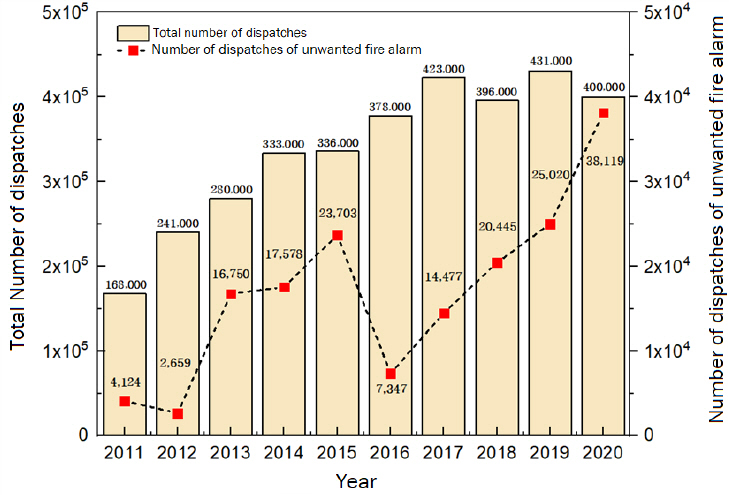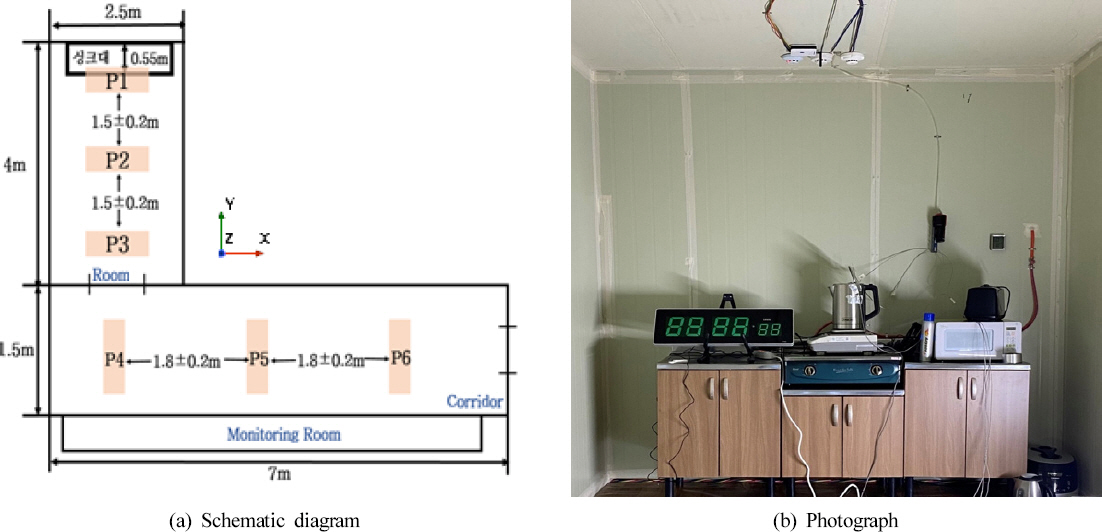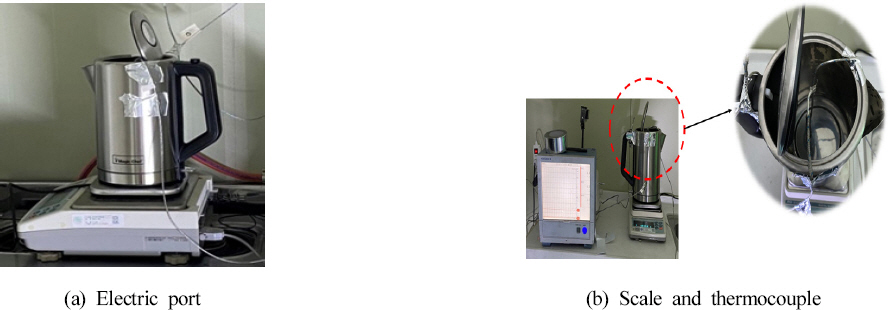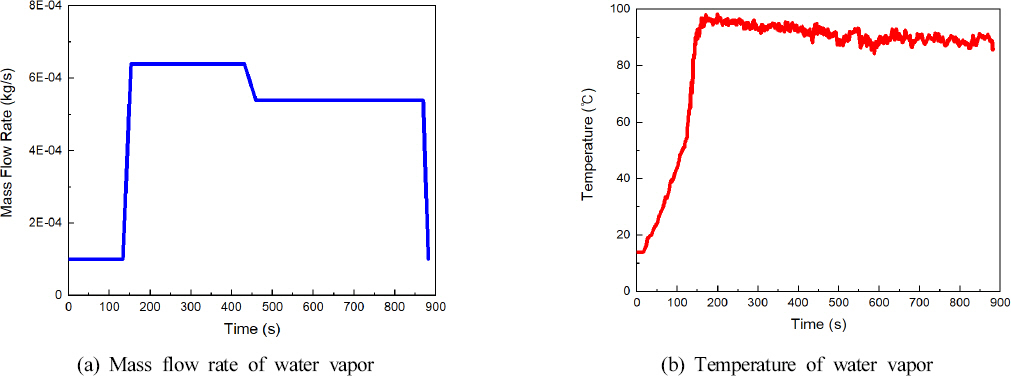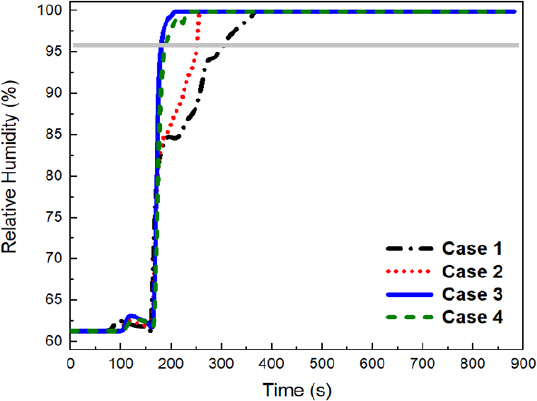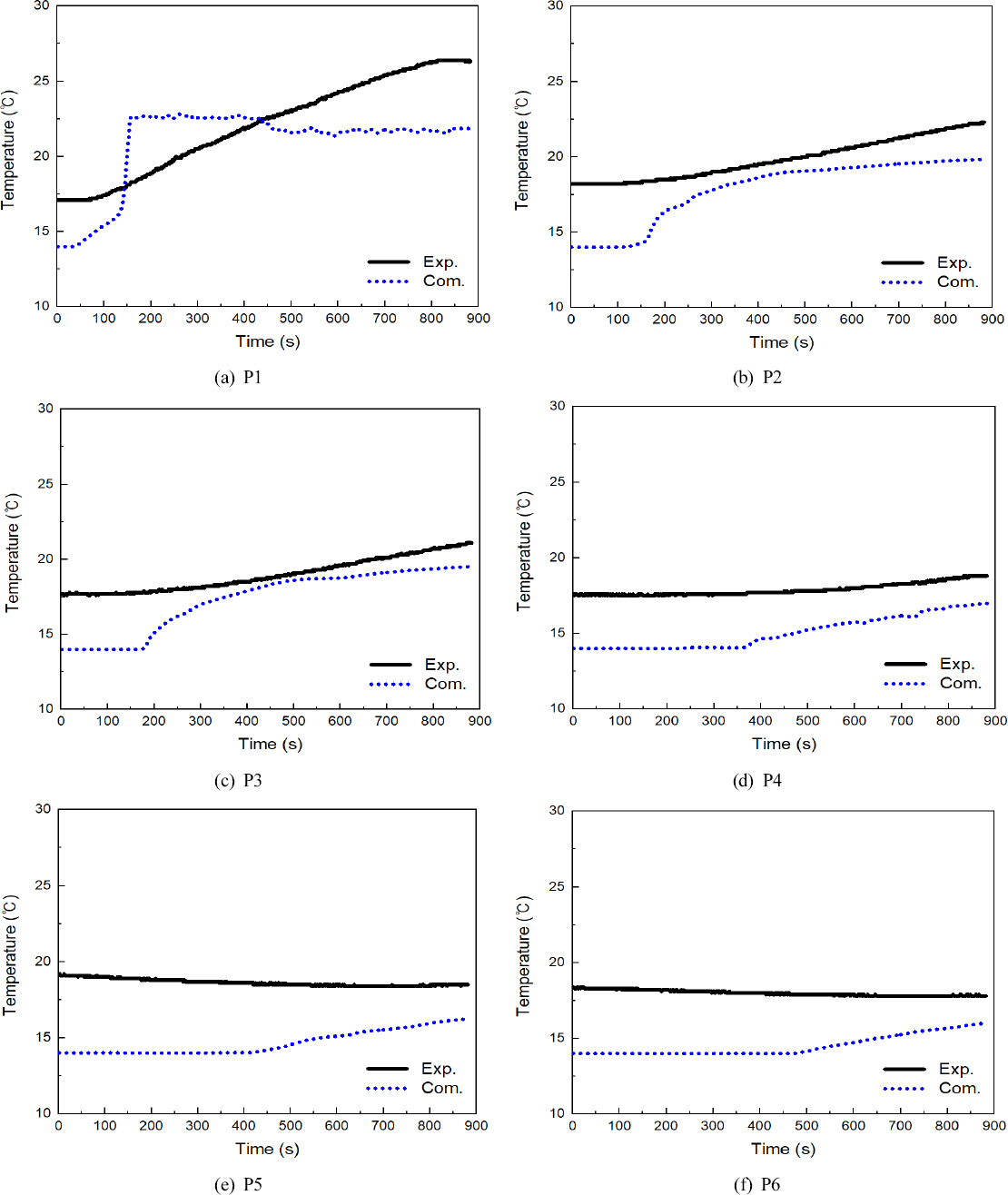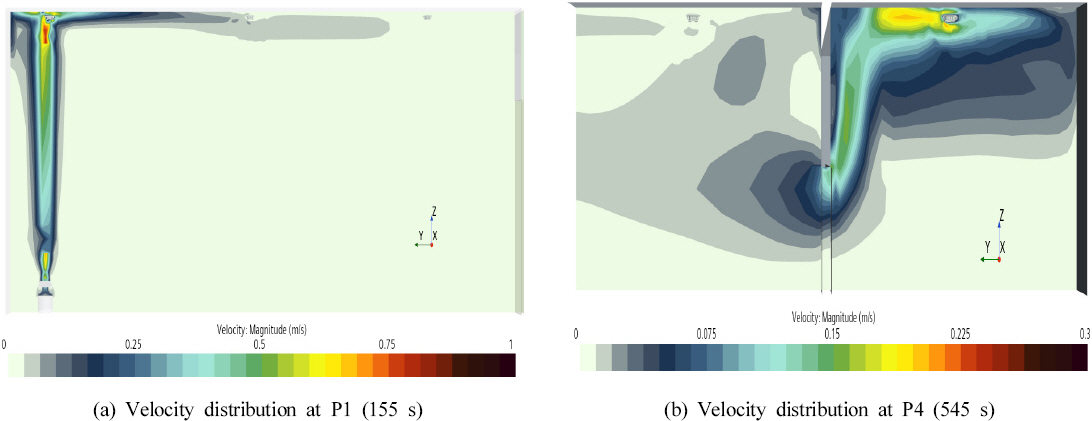1. KFPA, KFS 1051 Standard for the Fire Detection and Alarm Systems, (1999).
2. NFA, 2021 NFA Statistical Yearbook, (2021).
3. NFA, NFA ”2021 NFA Statistical Yearbook“, (2018).
4. E. H Hwang, S. J Park and S. E Lee, “A Study on Mistaken Dispatch Reduction Measures Due to Unwanted Fire Alarms”, Fire Science and Engineering, Vol. 34, No. 6, pp. 23-30 (2020),
https://doi.org/10.7731/KIFSE.be0e09b6.

5. H. J Yu, “Reduce the Unwanted Fire Alarm using New Technologies”, Prevention of Disaster and Insurance, Vol. 119, pp. 40-48 (2007).
6. Y. J Son, Y. I Lee and S. H Lee, “Research on the Reliability Improvement of Automatic Fire Alarm System”, Fire Science and Engineering, Vol. 22, No. 4, pp. 42-49 (2008).
7. C. H Lee, H. S Lee and S. K Kim, “A Study on Response Characteristics of Photoelectric Type Smoke Detector Chamber Due to Dust and Wind Velocity”, Fire Science and Engineering, Vol. 31, No. 1, pp. 50-57 (2017),
https://doi.org/10.7731/KIFSE.2017.31.1.050.

8. H. S Lee and S. K Kim, “A Study on Response Characteristics of Photoelectric Type Smoke Detector Chamber Due to Dust Color”, Fire Science and Engineering, Vol. 31, No. 5, pp. 44-52 (2017),
https://doi.org/10.7731/KIFSE.2017.31.5.044.

10. S. Y Kang, J. S Moon, T. G Lee and J. H Lee, “A Study of Thermal, Air-flow and Humidity Conditions in an Indoor Swimming Pool”, Korea Journal of Air-Conditioning and Refrigeration Engineering, Vol. 15, No. 8, pp. 683-689 (2003).
11. Siemens Industry Software Inc, STAR-CCM+User Guide, (2021).
12. KASTO, Additional Textbook for Precision Measurement Technology Education (Humidity), (2016).
13. S. V Patankar, “Numerical Heat Transfer and Fluid Flow”, 1st edition., McGraw-Hill, New York (1980).




